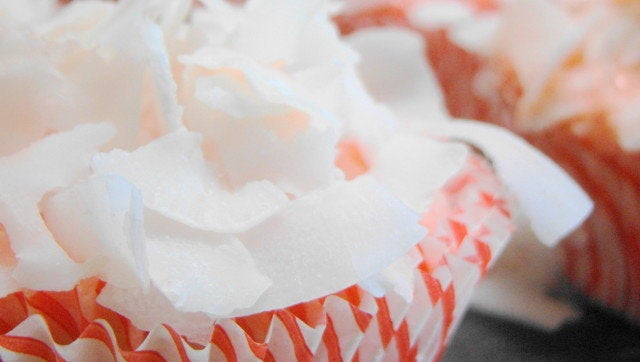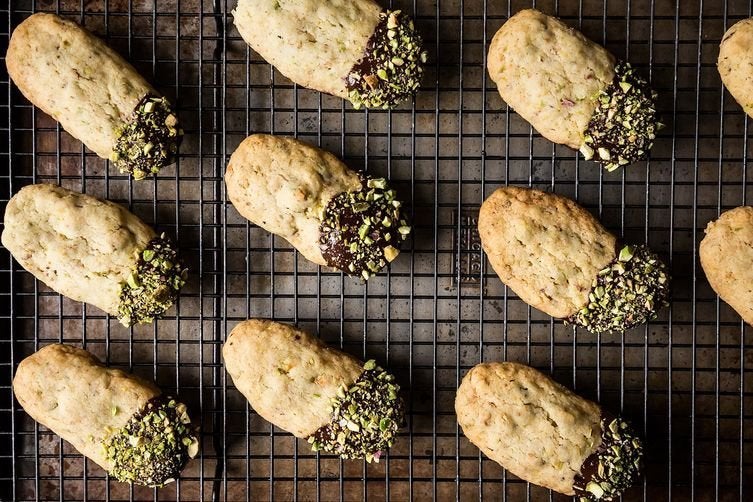
What Is It Anyway? is a series that examines the histories behind peculiar and obscure foods. Today, we're explaining cream of tartar.
Frequent bakers know the ingredient, often nestled among baking soda and baking powder in cabinets and grocery stores. For the novice baker, its inclusion in recipes can seem daunting simply due to its exotic-sounding name. The name is deceiving, though, as it seems to describe a fishy dipping sauce rather than a chalky, white powder.
So, what is it, anyway?
Cream of tartar is actually a fancy nom de plume of sorts -- It's the cooking world's name for potassium bitartrate, or potassium hydrogen tartrate, a potassium acid salt that is formed during grape fermentation. Corked wine bottles, fresh grape juice and fresh jams and jellies form crystals, also called "wine diamonds," when stored below 50 degrees Fahrenheit. The wine diamonds sometimes adhere to the sides of the fermented grapes' containers, but can also be found when wine is filtered. The crude form is also called beeswing. The purified form is what we know of as cream of tartar.
The product is used in a number of baked goods, especially meringues, which involve blending cream of tartar with egg whites. It also helps make icings and syrups more smooth.
Etymology
The word "tartar" first appeared in the 14th century, and comes from the Greek "tartarum."
History
Potassium tartrate was first discovered inside of a wine container in Iran. The modern application of the substance began in 1768, and in 1832, Jean Baptiste Biot discovered the physical properties of cream of tartar. The item gained most of its popularity when the French began using it frequently in their cooking.
In popular culture
Remember finding out as a kid that Playdough is edible? What a wild revelation! The toy can be made at home, if you're so inclined, and most recipes involve cream of tartar (in addition to flour, oil, water, salt and food coloring, all mixed over heat then cooled).
